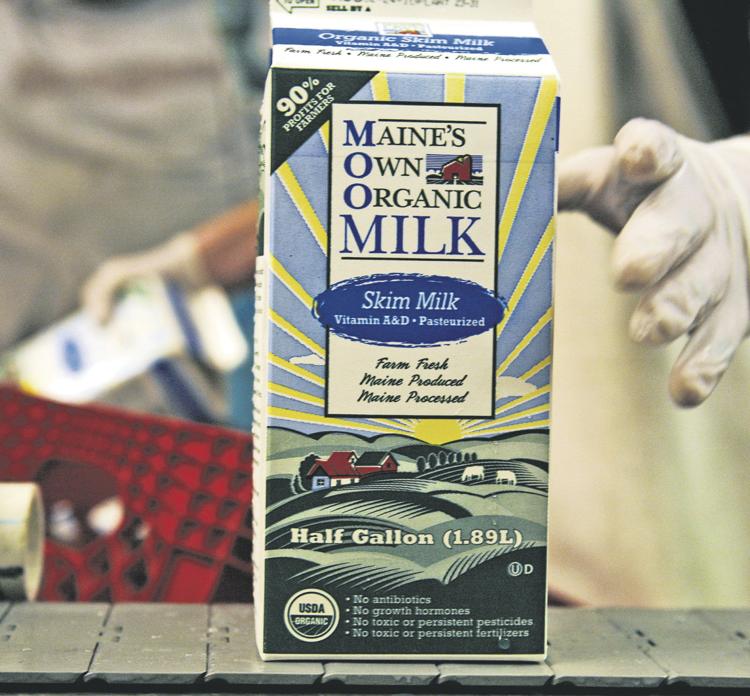
It’s being driven by consumers’ desire to know where their food comes and how it’s produced, Ben Laine, a senior economist with CoBank, told Capital Press.
Those demands are affecting farm-management practices, ranging from the use of GMO feed to animal welfare and antibiotic use.
It’s creating some challenges but also opening up opportunities, he said.
“One of the biggest challenges is the disruption to the supply chain,” he said.
Instead of buying milk from a commodity pool, consumer demand for transparency is requiring a separate supply chain from farm to the consumer. The challenge is in keeping that supply segregated, he said.
To do that, brands and manufacturers might look to contract directly with producers instead of dairy cooperatives. As a result, cooperatives might see members seeking direct contracts elsewhere to obtain a premium, he said.
But cooperatives could also segment portions of their milk and handle premiums internally, he said.
Current consumer trends in dairy products include organic, GMO-free, A2 and local milk, and producers and cooperatives can both tap into those trends.
U.S. sales of products with some form of transparency claim on the label represent 31 percent of all sales and growing, according to a new CoBank report on how the demand for transparency is restructuring the dairy industry.
In some cases where conventional product sales are declining for a specific category, transparency claims have been able to buck the trend and grow sales, Laine said.
Organic milk is a good example, gaining ground despite decades of decline in the consumption of conventional fluid milk.
And the market for A2 milk, said to be easier to digest for people who experience mild discomfort from dairy, is growing rapidly, he said.
Consumers also want to feel a stronger connection to the farm that produces their food. That provides opportunities for direct sales of dairy products by some producers at farmers’ market or through local delivery, he said.
Cooperatives can also capitalize on the local trend, tapping into the value of being owned by family farmers. That can strengthen the brand with consumers with minimal additional cost, he said.
While there is no guarantee that any specific product trend is here to stay, producers should be prepared for continued demand for transparency and desire for connection, he said.
“I wouldn’t advocate for any one thing to chase after. There’s no one single silver bullet,” he said.
The important thing is that producers have an awareness that consumers want to know where their food comes from. A cautionary tale of shrugging off consumer preference involved milk from cows treated with the hormone rBST, he said.
There’s no one answer as to how producers can best position themselves. But having an overall awareness of where consumer demand is going and what’s driving it is critical to the ability to create products to satisfy that demand, he said.
























